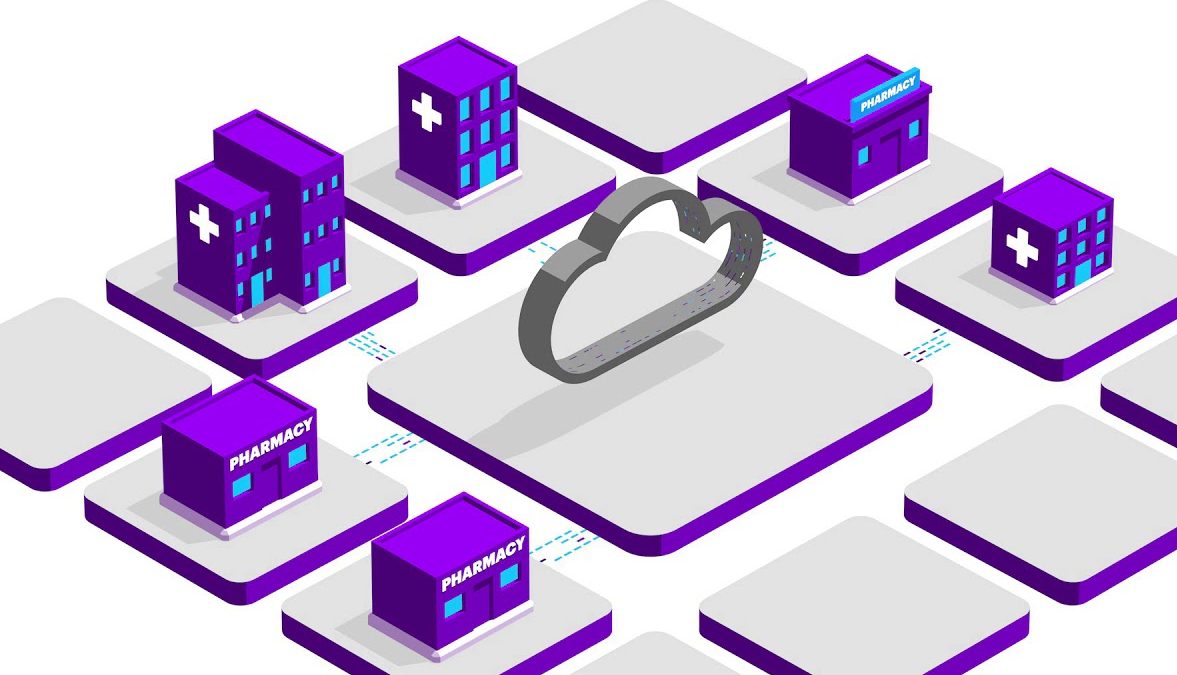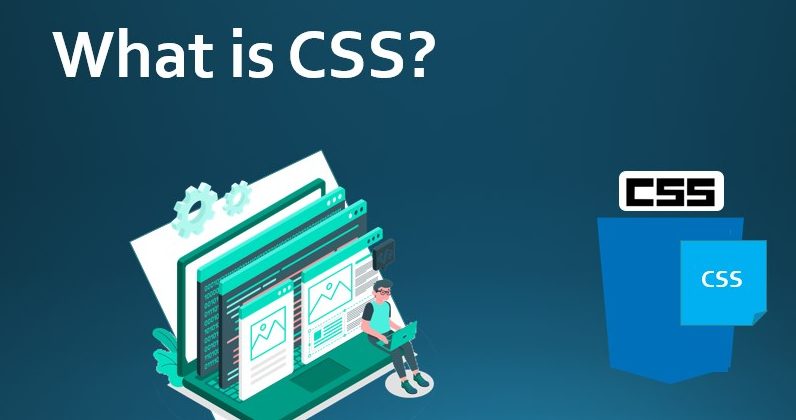When you run an e-commerce business, conversion rate is a key element that will guide you. It’s important to know that your goal in online trading is not only to drive traffic to your site, but also to make sure those visits lead to sales.
What is conversion rate in marketing?
A conversion happens when a visitor to your website reaches the goal you set. Regardless of the nature of the website, be it an online store, blog or something else, it is worth setting clear goals according to the needs of your business so that you can monitor performance and later be able to improve it.
Thus, the conversion can be of several types:
- sale – an order placed as part of your online store;
- inquiry – filling in the contact form;
- registering a new account on the website;
- Fill up form.
Thus, the conversion rate represents the percentage of your website visitors who achieved the intended goal (conversion) in relation to the total number of visitors.
What does the term conversion refer to when using website analytics?
When using website analytics, the term conversion refers to marketing strategies that deliver the results you want. For example, the conversion could be organic – coming from organic traffic on Google, or it could be from social media like Facebook or PPC conversions like Adwords.
Exchange rate calculation formula
For calculations, a special sales conversion formula was developed, which is very easy to remember:
(Buyers / Visitors) x 100% = conversion
That is, it is the ratio of the number of buyers to the number of regular visitors multiplied by 100 percent.
To understand how effective a business is, conversion rates must be close to certain norms, much depends on the specifics of the industry. For example, for clothing stores or other non-food products, conversion rates of 30% are quite good.
But in the case of grocery stores, this figure often reaches 75-80%. In trade with a narrow specificity, where the assortment is not too wide, the sales conversion is often at the level of 10-15%.
When measuring a conversion, you should definitely consider traffic. If an untargeted audience arrives on your website or store, it significantly reduces conversion.
Factors affecting conversion rates
Design – a nice display of the resource can delay the visitor and thus increase the chances of taking the desired action.
Content – one of the most important elements. In order for this user to take the necessary action, all content must be of high quality, useful and easy to understand.
Usability – an indicator of ease of use by website users.
Technical condition of the website – if you intend to increase the conversion of the website, it should load quickly, not contain unnecessary pages.
How is a conversion funnel created?
The conversion funnel is a digital marketing methodology that allows us to plan, convert and achieve an optimal return on our marketing plan.
The conversion funnel acts as an indicator and gives us the percentage of user churn that occurs at each stage of the funnel. In this way, we will be able to identify which aspects we need to improve and thus where we should focus our efforts.
The conversion funnel is essentially a summary of customer and website visitor behavior. This way you can understand what the visitor is doing and what prompted them to purchase or abandon their cart.
Specifically, you can look at a conversion funnel as a variation of the AIDA concept:
Attention – how to catch the visitor’s attention? The best way to attract attention to your products is to promote them directly to the masses of potential customers.
Interests – analyze what are the features, advantages, benefits. By properly measuring visitor behavior on your site, you can define specific lists of visitors with an advanced degree of interest in your products.
Desire – Visitors landed on your product page because you captured their attention. The next step is to encourage them to this product.
Action – the customer landed on the website, you caught their attention and made them want the product on your website. Now you have to get it to act according to your goals.
Conversion rate tracking tools
There are many tools, software, plugins and extensions designed by various developers and engineers to provide webmasters around the world with the best conversion optimization tools. However, not all of them meet the purpose for which they were designed.
The best conversion rate optimization tools you can use to increase your conversions by up to 200% and ultimately drive more profits and revenue for your business are:
Supermetrics – the most used software for marketing and business analytics.
This software was originally developed to help businesses simplify access to Google Analytics data. Today, Supermetrics works with a variety of analytics engines and tools and has evolved to become a complete business reporting platform.
Unbounce – A cloud-based conversion tracking solution and landing page builder designed to help marketers create and test popups and landing pages on their sites.
Unbounce allows users to run A/B tests on their landing pages and evaluate conversion rates for a sample audience.
LetConvert – another software specifically designed to help you increase leads and conversions instantly.
It uses real-time social popups and testimonials strategically designed to help users take action on your site more effectively.
Conversion rate optimization based on channel/source
Conversion rate optimization allows you to improve your website and align the vision you have about it with the real needs of the customer. Essentially, this action is about drawing attention to the on-site and off-site processes that drive visitors to act in accordance with stated goals.
What affects conversion rate optimization?
- Setting clear goals;
- Implementation of the necessary tools for analysis and measurement;
- Analysis of the user’s path to conversion;
- Identification of problem areas;
- Implementation of necessary changes;
- Regular testing to analyze the results obtained.
With optimization, you can better understand the buying process your visitor goes through and you stand a chance of converting more visitors into customers.
Proven methods to increase your conversion rate
Conversion covers the entire process that both your company and your target audience go through. Therefore, there are many factors that contribute to determining the conversion rate and significantly improving the website.
However, there are a few best practices you can use to help increase your conversion rate for your business:
Image Optimization – People like to see what they are buying. This is why images attract people because they convey a message more clearly than words.
High-quality and detailed images attract the attention of your customers, thanks to which the conversion rate can increase to over 50% just because of them. Study after study has shown that when we buy a product, we do so for emotional reasons.
Use images appropriate to the message you want to convey. In this way, users will feel more connected to you and your company.
Website loading speed testing – keep in mind that customers usually expect a website to load in no more than 2 seconds.
We live in the era of speed, so we all want things to happen quickly and get quick responses to our actions and needs. The same goes for the web landing page.
Optimization of pages for various devices – around 80% of consumers shop online via mobile devices.
That’s why it’s important that your website easily adapts to different screen sizes and resolutions. Creating a simple and easy-to-understand purchasing process – make sure that everything is simple from the very beginning and the customer does not waste time wondering what the next step will be.
One of the most important aspects is finalizing your purchases. You didn’t have a simple process at the beginning if things get complicated at the end. This way you risk the visitor abandoning the cart because of this.
In conclusion, be sure to be clear about what you want to measure with your conversion rate and set yourself a measurable goal. This way you will be able to enjoy consistent and long-lasting effects.



